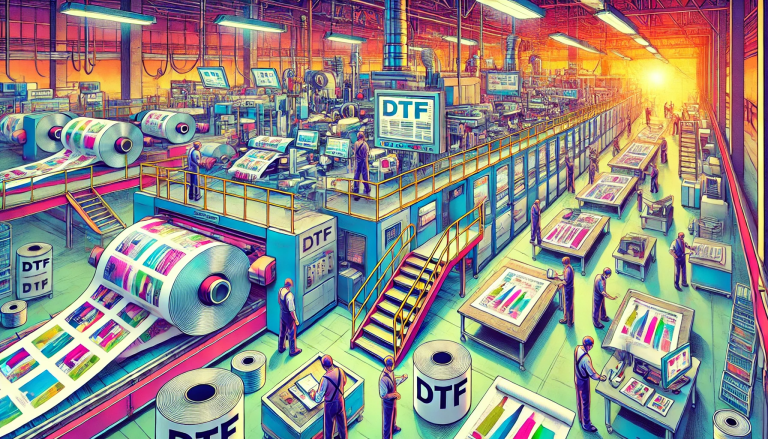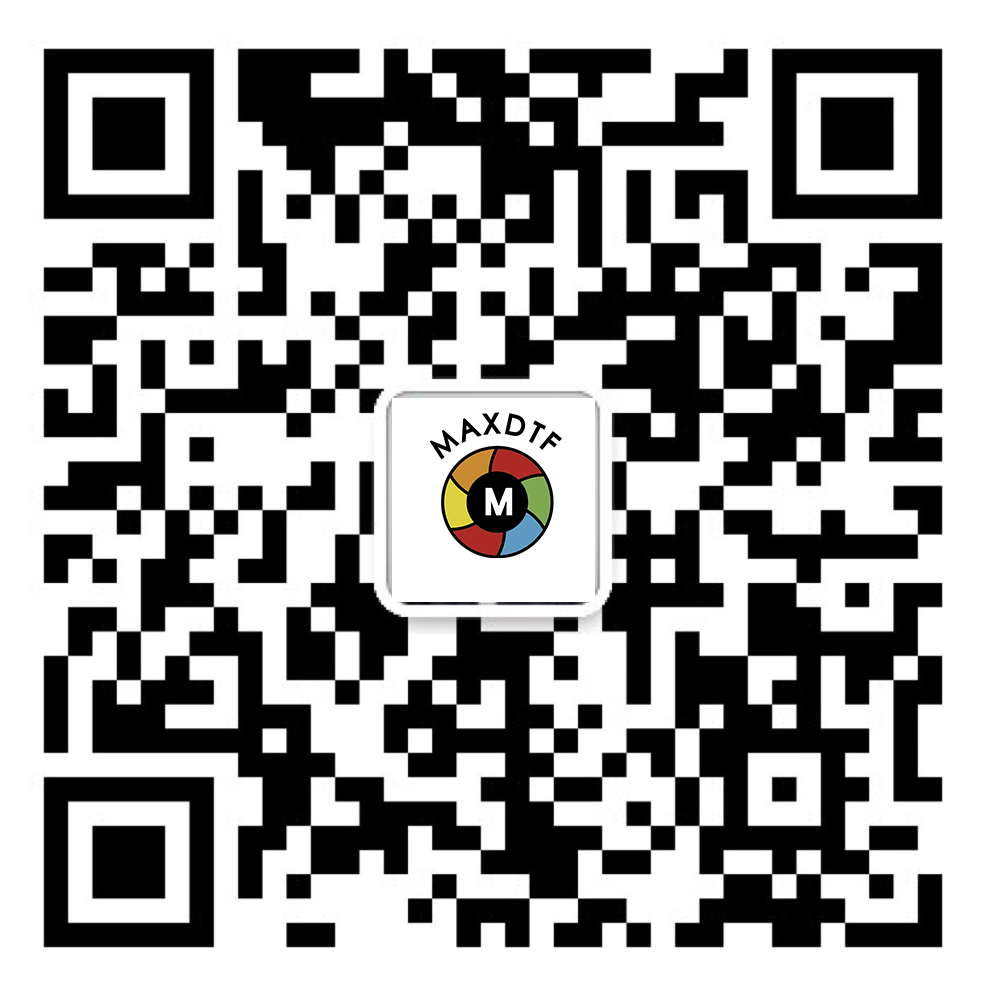«Ощутите будущее музыки с Is DTF — лучше, чем с винилом!» -MAXDTF- Фабрика бумажной пленки DTF, Поставщик рулонной пленки DTF, сделано в Китае
Введение
DTF лучше винила? Этот вопрос уже много лет обсуждается среди любителей музыки. Винил был популярным форматом для любителей музыки на протяжении десятилетий, но с появлением цифровых технологий многие теперь обращаются к цифровым форматам, таким как DTF (формат цифровой ленты). В этой статье мы рассмотрим плюсы и минусы обоих форматов, чтобы определить, какой из них лучше для любителей музыки. Мы рассмотрим качество звука, удобство, стоимость и другие факторы, чтобы определить, какой формат лучше всего подойдет любителям музыки.
Воздействие DTF на окружающую среду по сравнению с. Винил: Что зеленее?
Споры о том, какой материал более экологичен: цифровая пленка (DTF) или винил, продолжаются уже некоторое время. Хотя оба материала имеют свои преимущества и недостатки, перед принятием решения важно учитывать воздействие каждого из них на окружающую среду.
Когда дело доходит до DTF, основным преимуществом является то, что это цифровой формат, а это означает, что он не требует использования физических материалов. Это избавляет от необходимости производства виниловых пластинок, которое может быть энергоемким и требовать использования опасных химикатов. Кроме того, DTF не требует использования пластиковой упаковки, которую сложно переработать и которая может занимать много места на свалке.
С другой стороны, виниловые пластинки имеют свои экологические преимущества. Виниловые пластинки изготавливаются из поливинилхлорида (ПВХ), который подлежит вторичной переработке. Кроме того, виниловые пластинки можно использовать повторно и перепрофилировать, а это означает, что они могут иметь более длительный срок службы, чем DTF. Кроме того, виниловые пластинки часто упаковываются в картон, который является более экологичным материалом, чем пластик.
В конечном счете, решение о том, какой материал более экологичен, зависит от человека. Преимущество DTF заключается в том, что он является цифровым, что устраняет необходимость в физических материалах и упаковке. Однако виниловые пластинки изготавливаются из материалов, пригодных для вторичной переработки, и их можно использовать повторно и перепрофилировать, что делает их более экологичным вариантом. В конечном счете, каждый сам решает, какой материал лучше всего соответствует его потребностям.
Сравнение стоимости DTF и. Винил: что доступнее?
Когда дело доходит до выбора материала для проекта обустройства дома, стоимость часто является основным фактором. Двумя популярными вариантами являются DTF (прямая печать на ткани) и винил. Оба материала обладают рядом преимуществ, но какой из них более доступен? Чтобы ответить на этот вопрос, давайте более внимательно посмотрим на сравнение стоимости DTF и DTF. винил.
DTF — это тип ткани, который печатается непосредственно на материале, что исключает необходимость дополнительных действий, таких как раскрой и шитье. Это делает его более экономичным вариантом, чем традиционные методы печати на ткани. DTF также более долговечен, чем винил, что делает его отличным выбором для долгосрочных проектов. Стоимость DTF варьируется в зависимости от типа ткани и размера проекта, но, как правило, она более доступна, чем винил.
Винил — синтетический материал, который часто используется при обустройстве дома. Он прост в установке и доступен в различных цветах и узорах. Винил также более устойчив к воде и другим элементам, что делает его отличным выбором для проектов на открытом воздухе. Однако винил дороже, чем DTF, и он не такой прочный.
Когда дело доходит до сравнения затрат, DTF является наиболее доступным вариантом. Он более долговечен, чем винил, и доступен в различных тканях и цветах. Кроме того, его проще установить и требуется меньше шагов, чем традиционные методы печати на ткани. Винил, с другой стороны, дороже и не так долговечен.
В заключение, DTF является наиболее доступным вариантом, когда речь идет о сравнении стоимости DTF и DTF. винил. Он более долговечен, проще в установке и доступен в различных тканях и цветах. Винил, с другой стороны, дороже и не так долговечен.
Изучение преимуществ DTF-печати для виниловых этикеток для пластинок
Лейблы виниловых пластинок существуют уже несколько десятилетий и продолжают оставаться популярным выбором среди любителей музыки. С развитием цифровой музыки многие лейблы обратились к технологиям цифровой печати для производства своих пластинок. Цифровая печать на пленке (DTF) — это тип технологии цифровой печати, которая становится все более популярной среди лейблов виниловых пластинок. В этой статье будут рассмотрены преимущества печати DTF на этикетках виниловых пластинок.
Одним из основных преимуществ печати DTF является ее экономичность. Печать DTF намного дешевле, чем традиционные методы печати, такие как офсетная печать. Это связано с тем, что DTF-печать не требует использования пластин или других дорогостоящих материалов. Кроме того, печать DTF выполняется быстрее, чем традиционные методы печати, что может помочь снизить производственные затраты.
Еще одним преимуществом печати DTF является ее точность. DTF-печать позволяет получать высококачественные отпечатки с точными деталями. Это особенно важно для этикеток виниловых пластинок, поскольку качество печати может существенно повлиять на качество звука пластинки. Кроме того, печать DTF позволяет создавать широкий спектр цветов, которые можно использовать для создания уникальных и привлекательных дизайнов.
Наконец, печать DTF экологически безопасна. Печать DTF не требует использования опасных химикатов, которые могут нанести вред окружающей среде. Кроме того, при печати DTF не образуется отходов, что помогает снизить воздействие производства виниловых пластинок на окружающую среду.
В заключение отметим, что печать DTF — идеальный выбор для этикеток для виниловых пластинок. Это экономично, точно и экологически безопасно. По этим причинам многие лейблы виниловых пластинок при производстве своих пластинок обращаются к печати DTF.
Как DTF-печать меняет виниловую индустрию
В последние годы виниловая индустрия переживает возрождение: все больше и больше людей обращаются к виниловым пластинкам для прослушивания музыки. Этому способствовало сочетание факторов, в том числе ностальгия по формату, улучшенное качество звука и уникальное оформление виниловых пластинок. Однако одним из важнейших факторов возрождения винила стало внедрение технологии печати Direct-to-Fabric (DTF).
DTF-печать — это новый революционный процесс печати, который позволяет создавать высококачественные полноцветные отпечатки на различных тканях, включая винил. Эта технология произвела революцию в виниловой индустрии, позволив создавать яркие полноцветные отпечатки на виниловых пластинках. Это позволило создать уникальные, привлекательные произведения искусства, которые можно использовать для повышения эстетической привлекательности виниловых пластинок.
Помимо эстетических преимуществ печати DTF, эта технология также позволила производить виниловые пластинки с улучшенным качеством звука. Это связано с тем, что печать DTF не требует использования чернил или растворителей, которые могут ухудшить качество звука виниловых пластинок. В результате печать DTF позволила производить виниловые пластинки с улучшенным качеством звука, что сделало их еще более привлекательными для любителей музыки.
Наконец, печать DTF также позволила производить виниловые пластинки с гораздо меньшими затратами, чем традиционные методы печати. Это позволило производить виниловые пластинки по гораздо более низкой цене, что сделало их более доступными для более широкого круга любителей музыки.
В целом, печать DTF произвела революцию в виниловой индустрии, позволив создавать яркие полноцветные отпечатки на виниловых пластинках, улучшить качество звука и снизить производственные затраты. Эта технология позволила производить виниловые пластинки, которые одновременно эстетичны и имеют высокое качество, что делает их еще более привлекательными для любителей музыки. В результате печать DTF стала основным фактором возрождения виниловой индустрии в последние годы.
Плюсы и минусы DTF против. Винил: какой выбор лучше?
Когда дело доходит до выбора лучшего материала для вашего проекта, может быть сложно сделать выбор между DTF (прямая пленка) и винилом. Оба материала имеют свои преимущества и недостатки, поэтому перед принятием решения важно взвесить плюсы и минусы каждого.
Основное преимущество DTF заключается в том, что это экономически эффективный вариант. Он намного дешевле винила, а также его легче производить. Кроме того, DTF — это прочный материал, устойчивый к износу, что делает его отличным выбором для проектов, требующих длительного использования.
С другой стороны, винил имеет некоторые явные преимущества перед DTF. Это гораздо более яркий материал, и его можно использовать для создания широкого спектра цветов и текстур. Кроме того, винил гораздо более устойчив к выцветанию и обесцвечиванию, что делает его отличным выбором для проектов, требующих долговечной и высококачественной отделки.
Когда дело доходит до выбора между DTF и винилом, важно учитывать конкретные потребности вашего проекта. Если вы ищете экономичный вариант, долговечный и простой в изготовлении, то DTF может быть лучшим выбором. Однако, если вы ищете яркий материал, способный выдержать длительное использование, лучшим вариантом может стать винил. В конечном итоге решение будет зависеть от конкретных потребностей вашего проекта.
Заключение
В заключение, сложно однозначно сказать, что лучше DTF или винил. Оба имеют свои преимущества и недостатки, и лучший выбор для каждой конкретной ситуации будет зависеть от потребностей и предпочтений человека. В конечном счете, каждый сам решает, какой вариант для него лучший.



